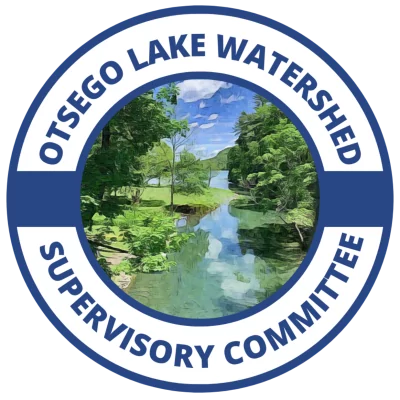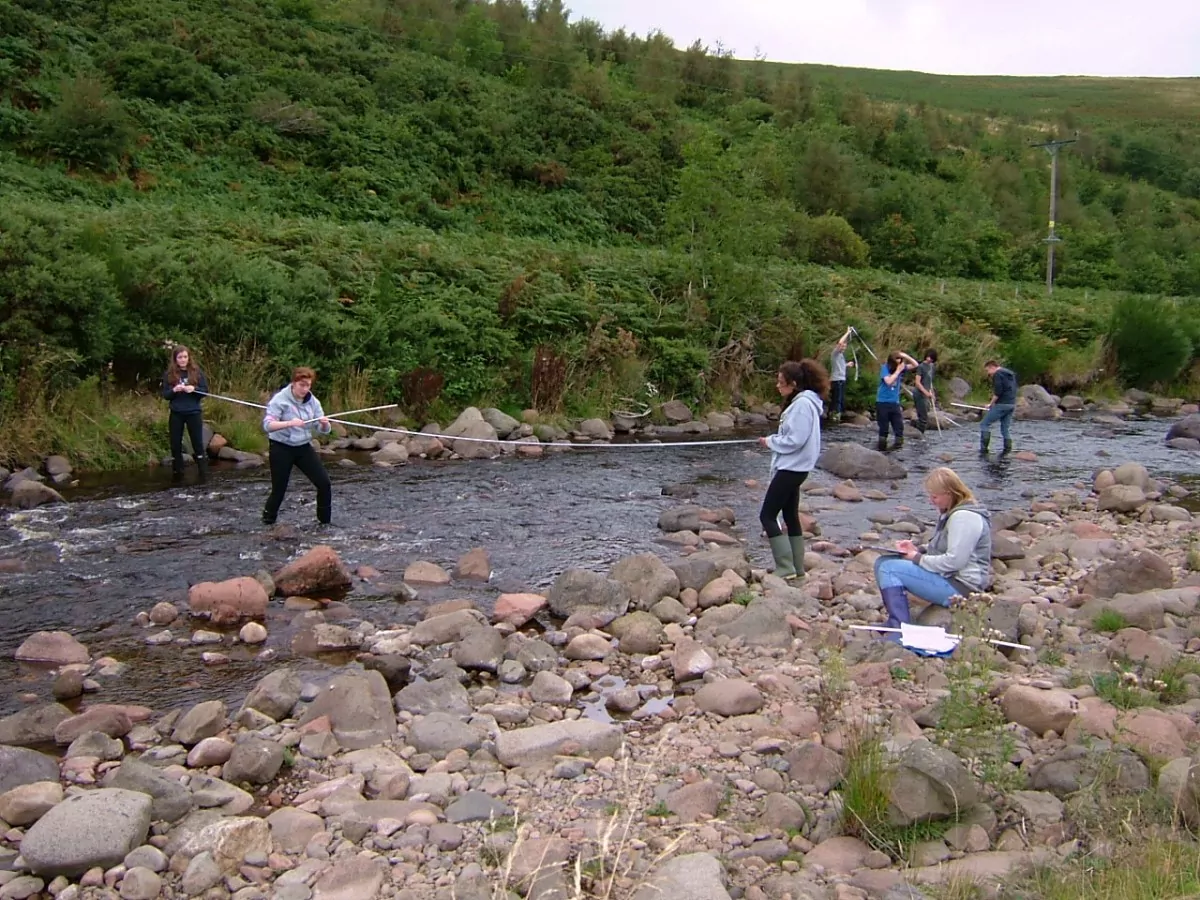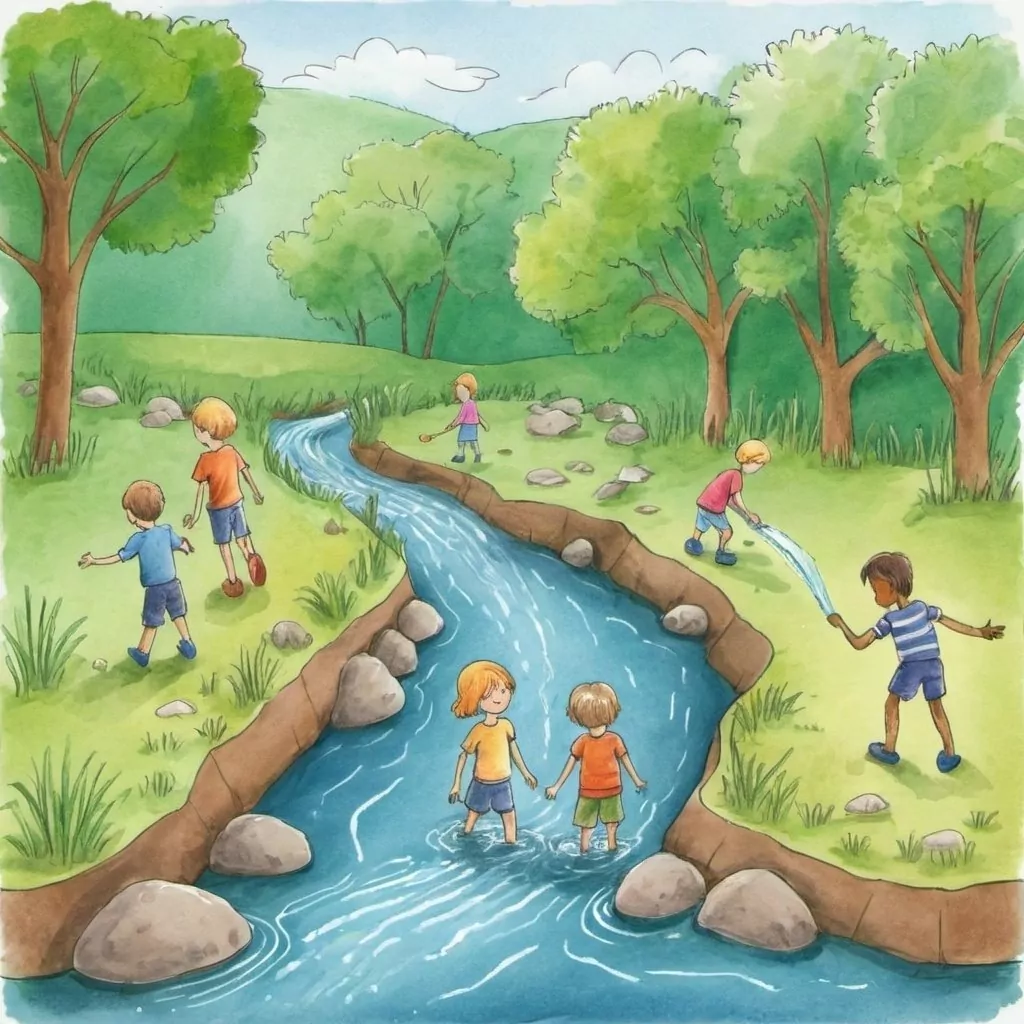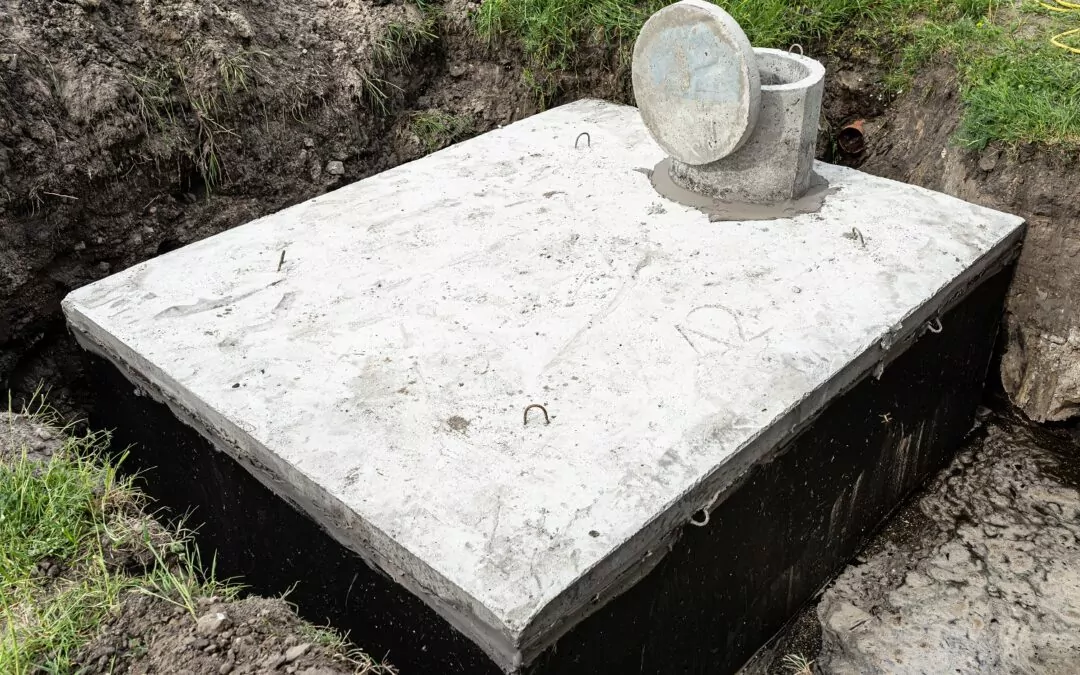The Otsego Watershed Supervisory Committee

Photo by Frank S. Ring

Photo by Frank S. Ring
- Home
- /
- The Otsego Watershed Supervisory...
Meeting Dates
The mission of the Watershed Supervisory Committee (WSC) is to protect and enhance the health of Otsego Lake and its watershed. Through collaborative efforts with local communities, scientific research, and sustainable management practices, we aim to ensure the lake remains a vibrant source of water for all its users, mitigate environmental threats such as Harmful Algal Blooms, and preserve the natural beauty and biodiversity of the watershed for future generations.
About
The Otsego Watershed Supervisory Committee (WSC) is a collaborative effort of Otsego County towns and the Village of Cooperstown dedicated to the lake’s health.
- The WSC has supervised thousands of septic inspections, as well as permitting hundreds of new and upgraded systems.
- The WSC is empowered and funded to fund a Watershed Coordinator and Systems Inspector to oversee “on-site wastewater treatment systems (OWTS)” and other potential threats to the watershed.
- The WSC currently oversees 374 septic and sewage systems.
- Working with its Inspector, WSC develops and promulgates management regulations for on-site inspection and approval of wastewater treatment systems in the Otsego Lake watershed. The WSC implements these regulations by a system of inspection of systems that lie within 500 feet of the shoreline of Otsego Lake or 100 feet from one of its tributaries, an area referred to as the “zone of protection.” Inspections are both periodic and upon transfer of property or failure of a system.
- WSC’s responsibilities are made clear by the use of Otsego Lake as the drinking water source for Cooperstown and numerous lakeside properties.
The WSC is composed of five volunteers from diverse backgrounds – all sharing a deep concern for the future of Otsego Lake. The plans of the WSC are driven by sound science. The WSC is very fortunate to have as its Scientific Advisor noted limnologist Dr. Kiyoko Yokota and the resources of SUNY Oneonta Biological Field Station.
- Kiyoko Yokota, Ph.D., Certified Lake Manager, is a limnologist (limnology is the study of inland waters) and has good working relationships with other limnologists across NYS and beyond, including those at regulatory agencies and research institutions.
- Dr. Yokota is currently the President of the North American Lake Management Society, a member of SUNY Oneonta’s Biology faculty, Technical Advisor to the Otsego Lake Association, and an appointed member of the Water Resources Technical Workgroup of NYS Climate Impacts Assessment by NYS Energy Research and Development Authority.
- Dr. Yokota has conducted research and lectures globally and facilitates the Cyanobacterial Working Group (CyanoWG) of the Global Lake Ecological Observatory Network. CyanoWG has published multiple articles in peer-reviewed journals, which are highly cited (referenced) by other limnologists and lake managers around the world.
- Credibility and clarity of purpose are necessary to lead the effort to protect Otsego Lake and both are enhanced by Dr. Yokota.
The recent Harmful Algal Blooms (HABs) and other threats to the lake have increased the scope and importance of the WSC’s work.
- While inspection and approval of wastewater/septic systems has been a primary role of the WSC, its duties are not limited to these actions. The WSC has addressed herbicide and pesticide use, erosion and sediment run-off, and lake contamination due to construction. As of the summer of 2022, the WSC has taken a leading role in studying and addressing Harmful Algal Blooms (HABs) in Otsego Lake.
- The WSC is the only governmental entity with authority in the Village of Cooperstown and the towns, Middlefield, Otsego, and Springfield. As such, the WSC is leading the effort to determine the causes of HABs, with a goal of addressing them. Partnering with New York State agencies, local educational and environmental groups, and scientists, the WSC is working towards a comprehensive lake management plan. That plan, along with enforcement of wastewater and sewage systems, and a reduction of contaminants flowing into the lake, should assure improved water safety and quality in the future.
HABs are a severe threat to our region’s health, economy, and environment.
- HAB toxin – microcystins – exposure through water, food, or air may cause a range of mild to severe symptoms in humans and animals. Exposures can result in symptoms that affect the skin, stomach and intestines, lungs, and nervous system. Symptoms can last 1–2 days. Exposure can cause conjunctivitis, rhinitis, earache, sore throat, and swollen lips. Respiratory effects can include atypical pneumonia and a hay fever-like syndrome.
- Due to their smaller body mass than humans, lower levels of toxins can have more severe, sometimes fatal, effects on animals. The types of toxins pets can be exposed to fit into three categories: liver, nerve, and skin toxins. Health effects can include seemingly normal actions, like inactivity, disorientation or mild skin rashes, or more severe seizures, vomiting, and complete loss of appetite.
- Our region’s economy is driven by tourism. Next to the Hall of Fame and other baseball-oriented institutions, Otsego Lake is a major attraction and focus for visitors and tourists.
- Otsego Lake serves as the water source for the Village of Cooperstown and many homes and camps. Residents and visitors alike look to our lake for fishing, swimming and boating.
The WSC has taken the lead in developing a Comprehensive Lake Management Plan.
- The development of a Comprehensive Lake Management Plan will provide a structure for the study of HABs and, later, a road map for preventing or dealing with HABs.
- The WSC effort is bringing together area civic and environmental groups, businesses, and the scientific community.
- In addition, the WSC has met and received guidance from the New York State Department of Environmental Conservation and the Department of State.
- The combination and coordination of all these groups’ resources will be a key factor in the successful development of a Plan.
- Without a Plan, Otsego Lake will only be able to react to events and will lack the ability to secure outside expertise and funding.
The NYS Department of Environmental Conservation has advised that it would take over two years to develop a comprehensive Watershed Management Plan, therefore a two-pronged – long and short term – approach is needed. In the near term, WSC needs to Identify, prioritize and act on mitigation opportunities.
- A plan for the Management of the Otsego Lake Watershed, last revised in 2007, will be updated to identify and prioritize mitigation opportunities to reduce sediment levels in the lake.
- An inventory of land use within the watershed will be established to catalog Best Management Practices (BMPs) already completed and to identify and prioritize additional BMP opportunities.
- An inventory of tributaries to the lake will be updated to identify the best candidates for mitigation projects.
- Non-source point water quality improvement grants will be submitted to fund these mitigation projects.
- Water sampling on Otsego Lake and its tributaries commencing in 2023 will be increased and synchronized to yield a more encompassing and informative analysis of water conditions within which the cyanobacteria (HABs) are blooming.
The WSC is leading a partnership with many organizations to make use of their expertise and resources.
- The SUNY Biological Field Station (BFS) will acquire equipment to measure/monitor microcystin (the toxin) concentrations as well as the presence of the Microcystis (the cyanobacteria that can create the toxin) at several selected sites on the lake.
- The Otsego Lake Association (OLA) will participate in the Citizens Statewide Lake Assessment Program (CSLAP), a volunteer lake monitoring program run by the NYS Department of Environmental Conservation (NYSDEC). OLA volunteers will collect water samples to be submitted to the DEC for analysis to identify lake problems, help understand lake conditions and use the data to inform the lake management plan.
- The DEC has scheduled Otsego Lake for Assessment this year. DEC water sampling will be done in both the lake and in the tributaries.
- The WSC is pursuing multiple funding sources to initiate the initial steps of the lake plan.
In the longer term, the WSC will work towards the development of a Comprehensive Lake Management plan. This plan can be a New York State DEC sanctioned Nine Element (9-E) Plan. The plan requires pollutant sources to be identified and quantified, pollutant reduction goals established, and an implementation plan developed. In addition, one must:
- Identify the water quality target or goal and pollution reductions needed to achieve the goal.
- Identify the best management practices (BMPs) that will help to achieve reductions needed to meet the water quality goal/target.
- Describe the financial and technical assistance needed to implement the BMPs identified.
- Describe the stakeholder outreach, explain how their input was incorporated, and include the role of stakeholders in implementing the Plan.
- Estimate a schedule to implement the BMPs identified in the Plan.
- Describe the milestones and estimated timeframes for BMP implementation.
- Identify the criteria that will be used to assess water quality improvement as the Plan is implemented.
- Describe the monitoring plan to collect water quality data that will be used to measure improvements.
It seems likely that the 9-E Plan fits the needs of Otsego Lake. However, testing, planning, and implementing a Comprehensive Lake Management plan will be time-consuming and costly.
- NYSDEC has advised that it would take 2 – 2 ½ years to develop a 9E Plan.
- Outside expertise will be needed. The first steps will require assistance in securing grants necessary to begin the process with New York State.
- Funding must be secured to pay for consultants, cover SUNY Biological Field Station costs, and prepare applications.
- A significant amount of the expenses can be covered by “in-kind” volunteer work by the WSC members and Village of Cooperstown employees.
- Total expenses to progress a 9-E Plan are estimated to be approximately $765,000.
The WSC has taken many actions to address HABs in the past year:
- Nov 2022: As soon as the HABs surfaced we contacted the DEC to begin exploring the development of a 9E Plan.
- December 2022: Secured the services of Dr. Kiyoko Yokota, a limnologist, as a Scientific Advisor to the WSC.
- March 2022: Determined that we could use Chesapeake Assessment Scenario Tool (CAST) for the watershed and CE-QUAL-W2 for the in-lake modeling.
- April 2023: Contracted with Upstate Freshwater Institute (UFI) to develop a combination Data Gap Analysis/Monitoring Quality Assurance Project Plan (QAPP).
- May 2023: Otsego Lake Association joined Citizens Statewide Lake Assessment Plan (CSLAP) and volunteers were trained at NYSFOLA annual conference.
- June 2023: SUNY Biological Field Station (BFS) receives private funding to acquire equipment required to monitor phytoplankton including cyanobacteria.
- June 2023 CSLAP monitoring commenced.
- July 2023: Data Gap Analysis and Monitoring QAPP submitted to the DEC for approval.
- July 2023: BFS began monitoring in lake and tributaries in accord with the QAPP.
- July 2023: Two rounds of monitoring processed at UFI.
- July 2023: Appalachian Regional Commission grant submission and the Consolidated Funding Application (CFA) for the DOS Local Waterfront Revitalization Program.
- August 2023: Four (4) Consolidated Funding Applications (CFAs) for Mapping Grants (NPGs) for tributary assessments will be submitted to identify and prioritize Best Management Practices (BMPs) that will be the basis for WQIP CFA submissions in July of 2024.
- August 2023: Tributary surface velocity radar and depth sensor and telemetry system will be
While we think of Otsego Lake as unique in many respects, one area where it is not unique is the occurrence of HABs. Hundreds of Northeast lakes have seen HABs and the WSC is learning from these lakes, how they handled HABs, and understanding their research and work. Additional steps include:
- Networking with other lake associations that have developed or are developing 9E Plans.
- Reviewing water testing from the parks and the Cooperstown water plant – pretreatment and post.
- Recent HAB related lake management plans include: Seneca-Keuka Watershed Nine Element Plan for Phosphorus – April, 2022 Harmful Algal Bloom Action Plan Skaneateles Lake – 2018, Owasco Lake Watershed Nine element Plan for phosphorus reduction – September 2022, and Harmful Algal Bloom Action Plan Owasco Lake – 2018.
- The New York DEC has committed to assist the WSC by sharing relevant experience of other lakes in dealing with similar outbreaks around the State.
Next steps include formulating a draft 9-E Plan, partnering with governments, environmental groups and businesses, and raising funds to advance the Plan.
- A draft “9E Plan Scope of Work” for the proposed 9E Watershed Plan for Otsego Lake outlining our objectives, geographic scope, and key implementation partners is being prepared.
- DEC draft guidance is: “A scope of work should be prepared by the likely primary author of the 9EP. It should identify the problem statement for the lake and watershed, the geographic scope of the plan, the pollutant(s) of concern, the available data concerning the pollutant(s), any data collection needs due to data gaps, the model(s) to be used, the partners who are likely to be involved in planning and implementation, and the timeline for data collection, modeling, and writing the plan.”
- The WSC has met or will meet with the Village of Cooperstown and the towns of Otsego, Springfield, and Middlefield.
- Applications to governmental and private sources for funding are ongoing. These grants are in addition to hundreds of volunteer hours as “in-kind” contributions.
Bertine McKenna – Chairman and Village of Cooperstown Representative
Doug Willies – Town of Middlefield Representative
William Richtsmeier – Town of Springfield Representative
Pat Kennedy – Town of Otsego Representative
James Howarth – Village of Cooperstown Representative
Chris de Ville – Watershed Inspector
Education Outreach
The Watershed Supervisory Committee (WSC) is deeply committed to educating the community about the importance of watershed health and sustainable practices to preserve Otsego Lake and its surrounding ecosystem. Through a series of workshops, school programs, and public outreach events, the WSC aims to raise awareness about the challenges facing our watershed, including the impact of pollution, the importance of septic system maintenance, and the prevention of Harmful Algal Blooms. By empowering residents with the knowledge and tools needed to make environmentally responsible decisions, the WSC fosters a community-wide effort to safeguard our water quality and ensure the lake remains a cherished resource for all.


The Watershed Supervisory Committee is delighted to announce an innovative and engaging educational initiative aimed at young learners: an interactive coloring book designed to teach children about the importance of watersheds. This coloring book is not just a fun activity; it’s an educational tool that combines vibrant illustrations with interactive elements to help children understand the vital role watersheds play in our environment.
Through this interactive coloring book, children will embark on a journey to discover how watersheds work, why they are essential for providing clean water, and how they support diverse ecosystems. Each page features captivating scenes and characters that explain complex concepts in a simple, child-friendly manner.
By coloring and engaging with the content, children will gain a deeper appreciation for environmental stewardship and the impact of their actions on local waterways. The Watershed Supervisory Committee is committed to fostering a sense of responsibility and curiosity in the next generation, ensuring that our precious natural resources are protected for years to come. This interactive coloring book is a testament to that commitment, blending education with creativity to inspire young minds.
Learn More
At the Watersheds Supervisory Committee, we’re passionate about educating our community through our YouTube channel. Join us as we share insights on environmental stewardship, watershed management, and local conservation efforts. Together, let’s preserve and protect our natural resources for future generations.
Important: No API Key Entered.
Many features are not available without adding an API Key. Please go to the YouTube Feeds settings page to add an API key after following these instructions.
HABs and Lake Safety
HABs and Drinking Water
HABs and Treating Illness





